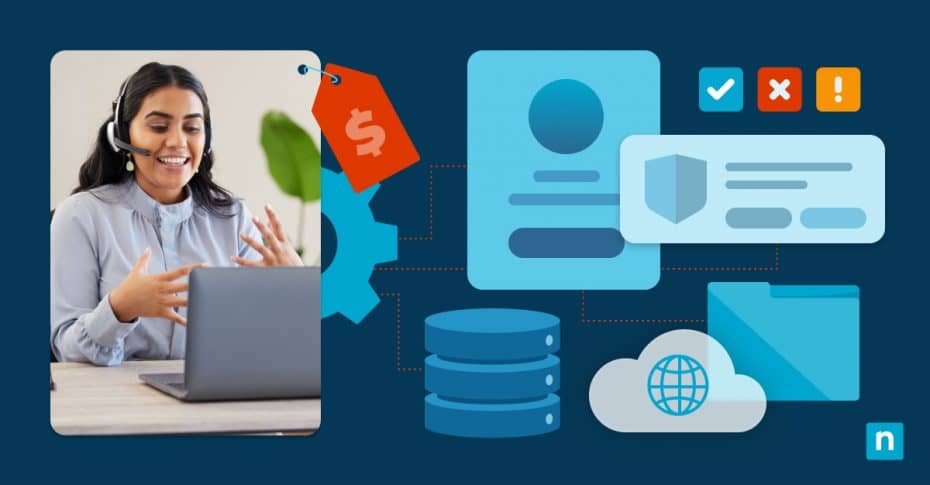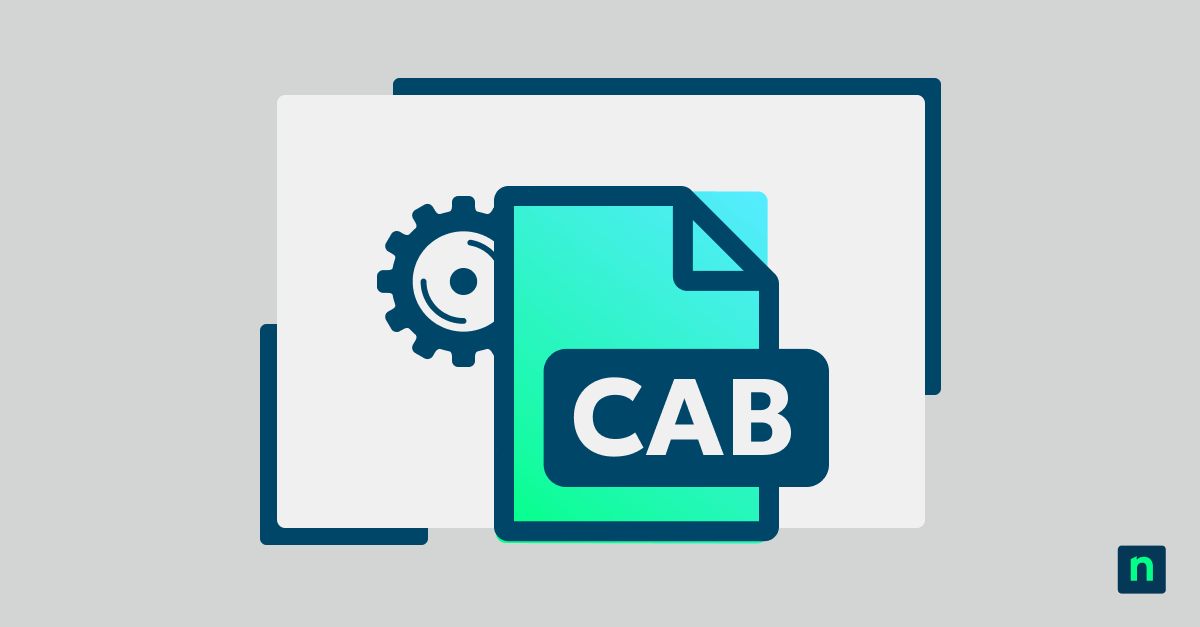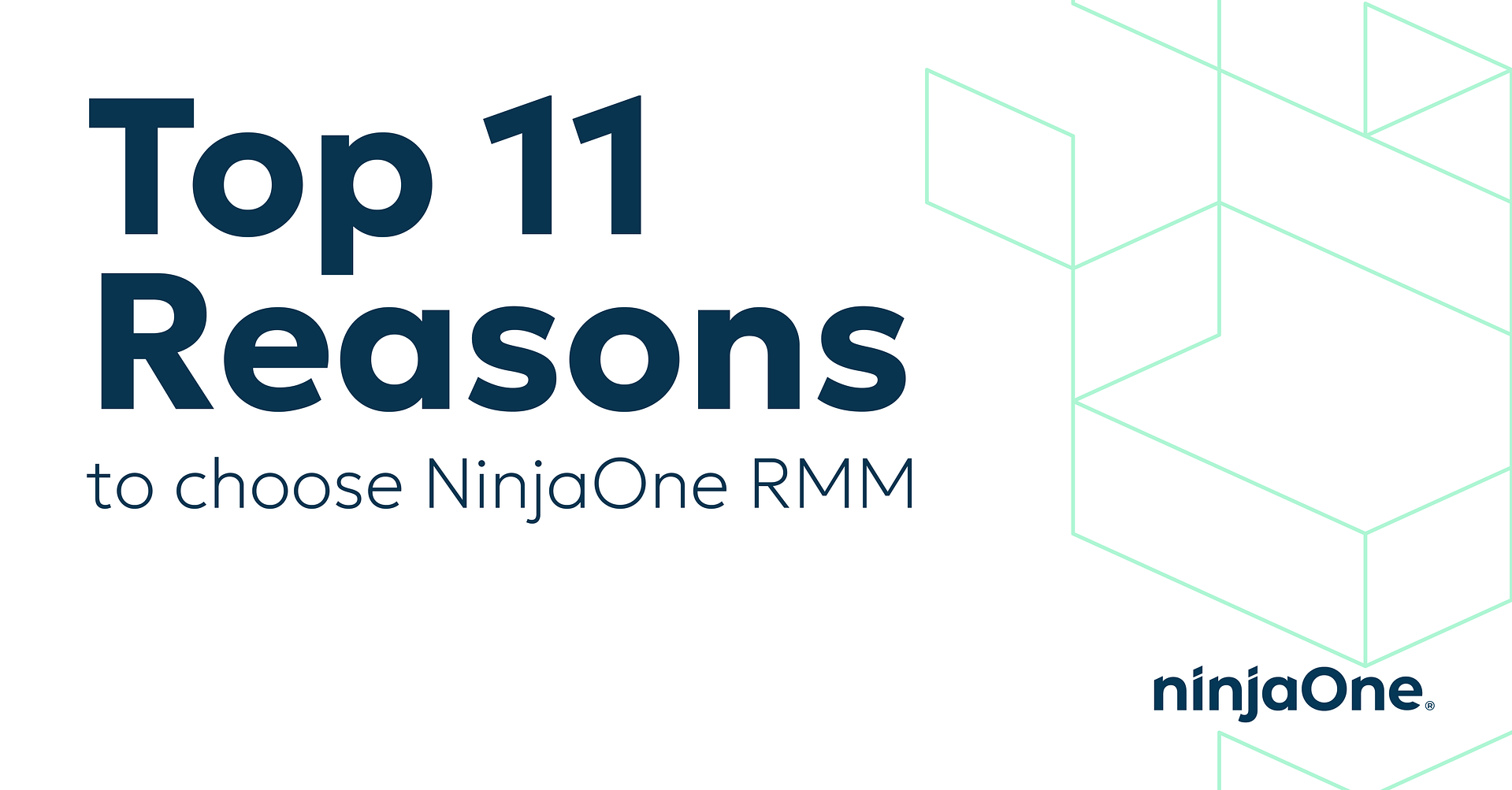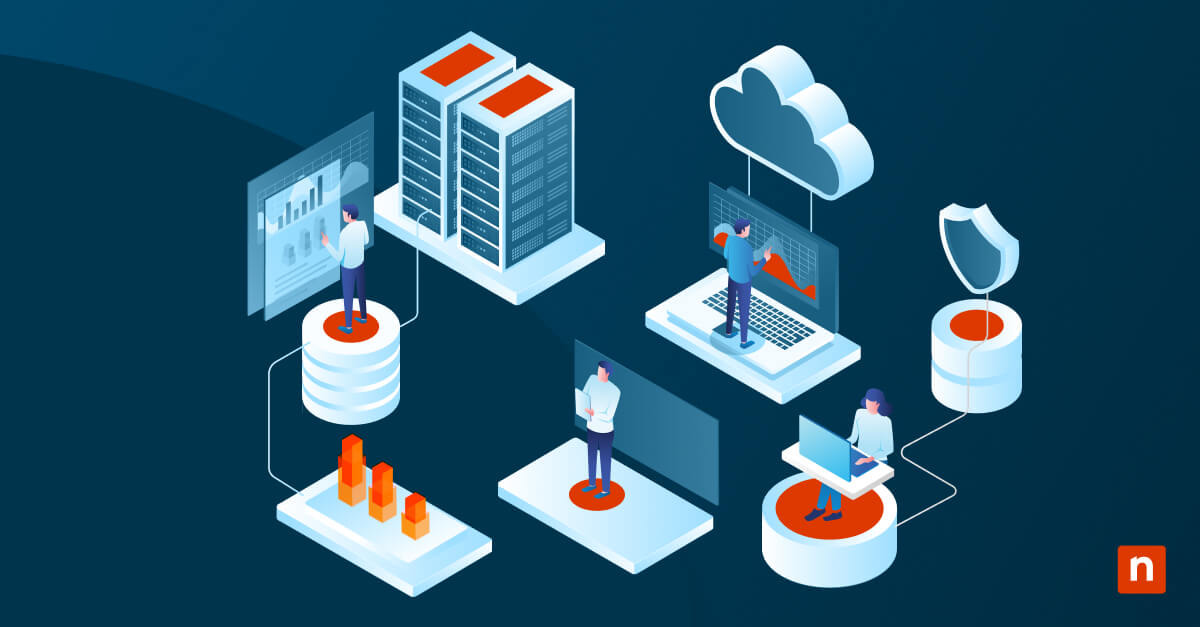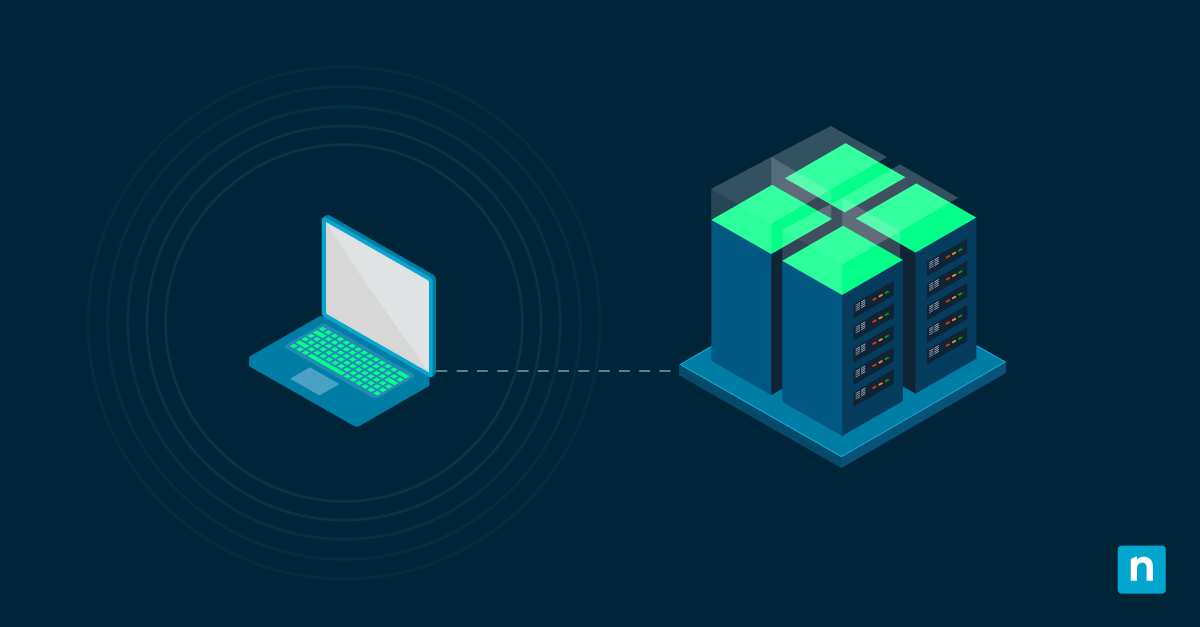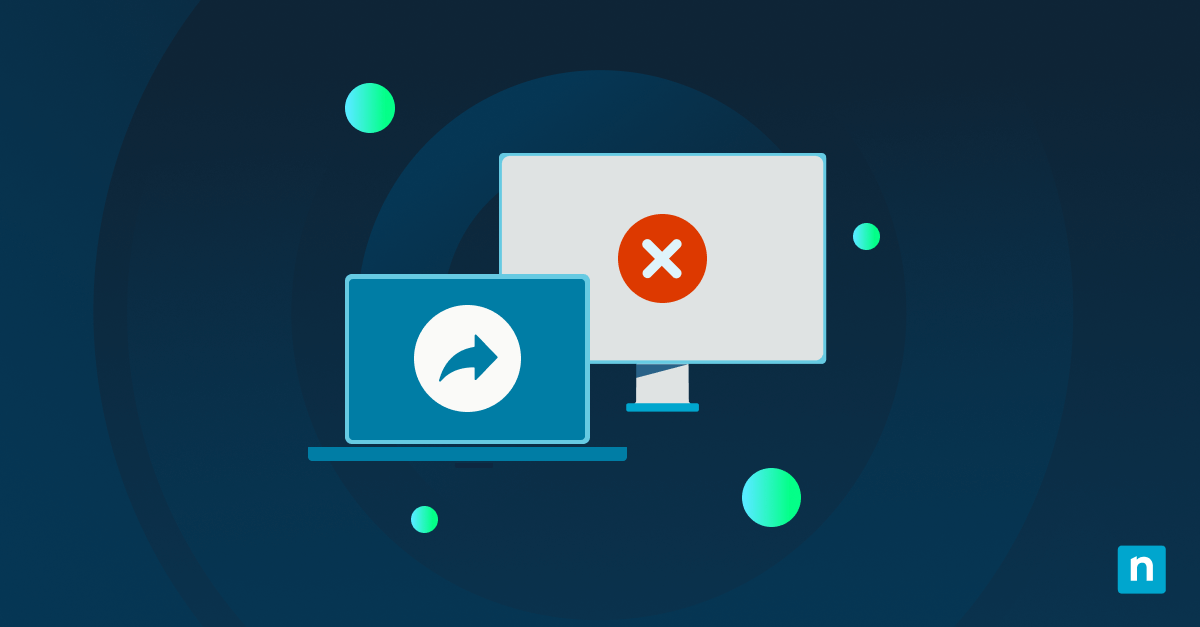The quality of your IT department’s management software and its ability to quickly identify and fix vulnerabilities can determine your company’s success. While there are many types of IT management software available today, you must choose the right one that seamlessly aligns with your business needs, from determining the desired features and functions to understanding the factors that influence IT management software price.
This IT management software pricing guide will cover everything you need to know when choosing the best solution for your business goals.
Understanding IT management software
You may be wondering, “What is the value of IT management?” IT management software is a tool that allows companies to see, manage, and control all aspects and systems of an IT infrastructure. This broad category includes the performance of all applications, devices, servers, and networks within an IT environment as well as overseeing business operations across different roles and functions.
As technology becomes more ubiquitous, its management software needs to be more encompassing as well.
Learn how IT management software can reduce costs and boost productivity for your business.
🔽Download our unified IT management report.
Types of IT management software
Many IT departments create a custom solution composed of a hodgepodge of various management software focused on a specific task. Common types of IT management software solutions include:
Some companies might opt for an ala-cart method of selecting different software products as part of their overall IT management solution. However, choosing a unified software platform that combines many, if not all, of these technologies provides you with easier access and simpler management. NinjaOne offers a variety of these features and technologies in its unified IT management platform.
Other key IT management software components and features
Overseeing existing IT projects and operations will always be a part of any IT management software. Nevertheless, there are other key features to take note of and consider.
- Data and analytics allow you to gain insights into data or processing issues and even determine trends, which can drive business strategy.
- Critical business data protection helps eliminate vulnerabilities across all your IT assets.
- Smart automation helps optimize workflow and drive better data.
Factors influencing IT management software price
With IT rapidly becoming the heart of every organization, your IT department must invest in the proper tools to keep track of your entire IT environment. Many factors determine the cost of IT management software, including:
Software features and capabilities
The ideal IT management software optimizes the communication and business processes of your organization. It is a good idea to evaluate software based on its ability to:
- Audit, manage, and maintain different IT components
- Track any safety and compliance needs
- Monitor and manage the network and IT systems
- Implement new software, hardware, and data systems
Some good questions to ask are, “What do I need my IT management software to do?”, “How many systems and endpoints do I need to manage with the software?” and “How automated do I want my software to be?”
Scalability and customization options
Overseeing the IT environment of an entire organization requires a lot of tools. This can get overwhelming, especially as your business grows and adds more devices and users. It is a good idea to consider how scalable you want the solution to be and how much you can customize it – even after integrating it into your organization.
Licensing models
Ask your vendor whether they offer their solution per user or device and whether they use a perpetual or subscription pricing model. Vendors will have different pricing models depending on the services and features they provide.
Choosing a cost-effective IT management software solution
Assessing business needs and matching them with the right features
Before you start looking for software solutions, you need to know what problem you are trying to solve. What are your goals, pain points, and requirements? What current processes are redundant or inefficient? Answering these questions helps you identify the gaps in your organization and the opportunities for improvement.
Evaluating the total cost of ownership, not just the initial purchase price
When considering software, a good practice is to look beyond the purchase price to the total cost of ownership involved, such as maintenance and repairs. One of the biggest mistakes you can make is assuming that you only need to pay one fee for a solution for it to work for your business.
Considering integration capabilities with existing systems
Ask your vendor about its integration capabilities and the native tools on its platform. Don’t assume that your existing systems with their current data can be transferred into your new software. As with any new technology, it is always recommended to consider how well the new software can integrate with your existing tools.
Exploring customizability to avoid paying for unnecessary features
Ask the vendor whether they offer a customization option to avoid paying for features you won’t use. This is where knowing your business needs will come in handy: By understanding the goals of your organization, you’ll know which features are necessary and which aren’t.
Assessing vendor risk, support, and long-term partnership potential
Consider your vendor as a long-term relationship for your business success. Conduct a vendor risk assessment to determine whether they will be a good fit for your organization. Also, there will always be things that you may need to clarify or learn more about in the future, so your vendor should offer the support and training you need.
Budgeting for IT management software
In today’s technology-driven business landscape, more companies are increasingly relying on digital solutions to optimize operations and remain competitive. Thus, it has become more important than ever to have a well-structured and strategic IT budget. Here are some best practices to take note of:
- Focus on projects that align with your immediate and long-term goals
- Build flexibility into your budget, especially for training
- Emphasize features that directly contribute to your organization’s growth and operational efficiency
- Anticipate emerging technologies and trends
- Revisit your budget regularly
Return on investment considerations
As with any new technology, it is crucial that you consider your return on investment compared with the initial cost and total project cost. One way to evaluate this is to leverage benchmarking and industry standards to compare your IT management software with similar organizations. This can help you identify areas where can optimize or adjust costs.
Find the best IT management software for your specific needs
→ Discover the 10 best IT management software.
Enhance your IT operations with NinjaOne’s IT management software
Having the right IT management software for your organizational needs greatly impacts the accuracy, efficiency, and overall effectiveness of your business. When considering the factors that influence IT management software cost, it is important to always go back to the basics and regularly ask yourself what your company needs and the tools that can help you achieve those goals.
NinjaOne’s IT management software helps enterprises manage all their IT assets from a single pane of glass. Start a free trial or watch a demo today.

